Notes
World Press Photo '13: Flagging America?
Typically, I’d be the last person to make an issue out of too much focus on America’s dispossessed. Surveying this year’s World Press Photo awards, and even the awards page itself, however, you have to wonder if America became something of a whipping boy.
It’s not that three of the four stories shot in the US take aim at America’s dark underbelly — the mean streets of Rochester, homelessness and the ostracizing of indigenous peoples, with quirky fourth project reflecting the same drift. It’s that these stories — at least the three shot by non-Americans — largely reduce America to caricature.
It’s a sense that even resonates on the award page, two of the four U.S.- based projects characterized by lead images (one award was for a single image) sending up the American flag. In Aaron Huey’s project, “In the Shadow of Wounded Knee,” we see two young men from the Oglala tribe holding the flag upside down. In Jacob Ehrbahn’s single image (above), “At the Dining Hall” from Youngstown, the flag serves as the ironic backstop for a prayerful homeless man and a soup kitchen meal, juxtaposed with that archetypal stereotype of US culture and cuisine, the fast food hamburger. Bring on the golden arches!
In Paolo Pellegrin’s photo story of violence in Rochester, the themes of race, crime and poverty collide together. The tone is cold and voyeuristic, with little context — especially in distinction between victimization and criminality — in repeated frames of distress or chaos.
As for that fourth project, it’s a very odd photo by a Polish immigrant and US citizen of girls posing with dolls made in their own image. With the generalized title of “American Girl” it’s seemingly a commentary on American narcissism. The photo also has a sadistic edge for the way, in the foreground of her ancestors, the woman is poking the doll in the eye.
To reiterate, there is nothing wrong with probing practically any dark corner of the American experience. God knows, the instinct to want to shave down the American cultural footprint or to mute some of its entitlement is only natural. I also applaud the World Press for the emphasis on the civil war in Syria and for the remarkable absence of imagery dwelling on beauty or cultural celebrity. At the same time, however, the award comes up short in this more stereotyped, cumulative view of the underside of America.
update: Our reader brings below up a fair point about the description of the doll photo. The girl may well be closing the eyes, perhaps even gently. Still, there is an impersonal and almost autistic quality to the gesture that generalizes, by way of the title, to an inference about America.
(photo 1: Jacob Ehrbahn caption: Youngstown, Ohio, USA. Every day, John McLean, 65, visits the St. Vincent DePaul Society Dining Hall, where homeless and poor people can eat a good meal, socialize and get warm. In 2011, Youngstown was named the poorest of the 100 largest cities in the country; more than one in three citizens live below the poverty line. photo 2: Aaron Huey caption: Oglala youths hold an upside-down flag, an international symbol of distress and an act of defiance toward the U.S. government, at a rally to commemorate the 1975 shoot-out between American Indian Movement (AIM) activists and FBI agents. Two agents and one AIM member died; AIM’s Leonard Peltier was jailed for life.. photo 3: Paolo Pellegrin/Magnum caption: At a street corner known as a place where drugs are sold, youths run away as a police car approaches. photo 4: Ilona Szwarc caption: Kayla. Boston, Massachusetts, USA. American Girl is a popular line of dolls that can be customized to look exactly like their owners. Kayla poses with her lookalike doll against a portrait of her ancestors.)
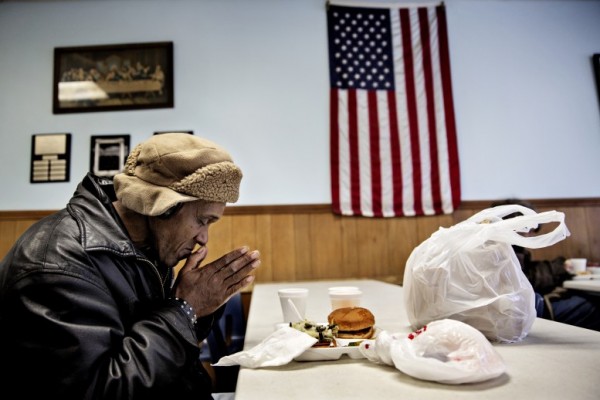
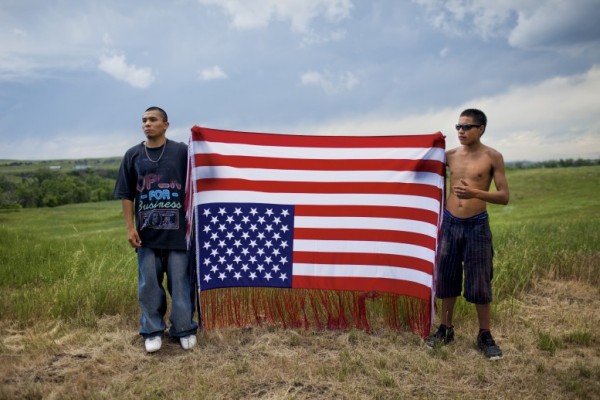
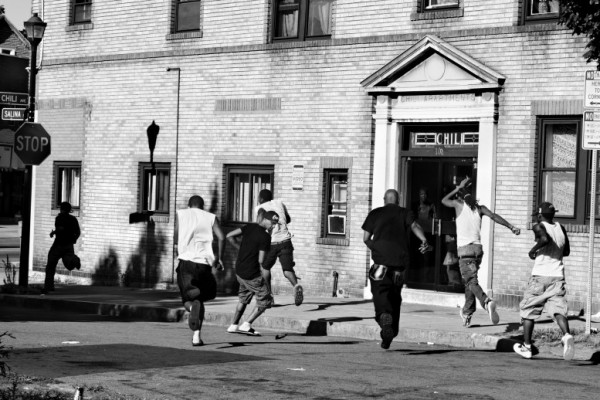
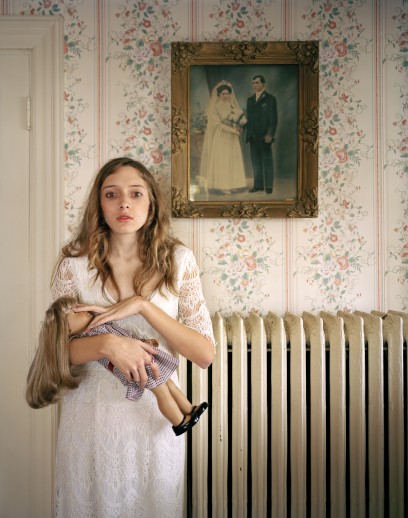

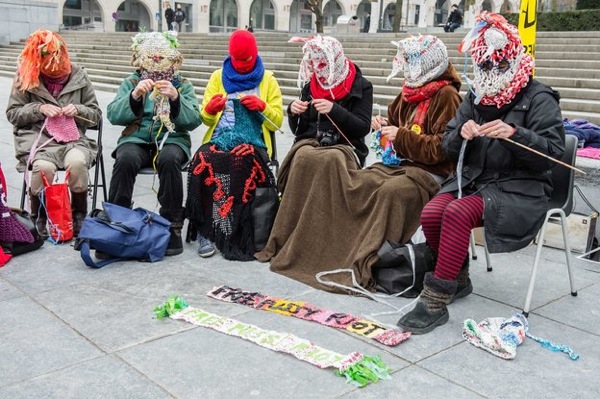
Reactions
Comments Powered by Disqus